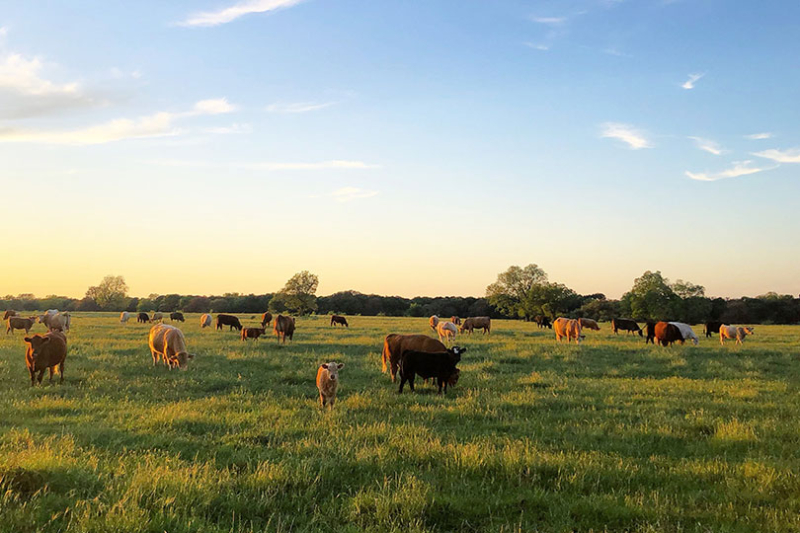Across the Lone Star State, pasture and rangeland conditions vary considerably based on rainfall received this year.
The eastern half of Texas received an abundance of precipitation, while the western counties have continued experiencing abnormally dry to drought conditions.
Many factors impact rangeland health and forage production, but precipitation is the most influential.
“Thanks to the rain we’ve received this season, rangelands in our part of the world are going to grow a lot of grass,” said Dr. Jeff Goodwin, assistant professor and director of the Texas A&M Center for Grazinglands and Ranch Management. “I would say everyone east of Interstate 35 is in pretty good shape.”
But parts of the Panhandle, West Texas and South Texas have experienced various stages of drought and triple-digit heat for consecutive years.
The Texas Drought Monitor shows about 29% of the state is dealing with some level of drought, and that percentage is expected to grow this summer.
That outlook is heavily influenced by the transition from El Niño to La Niña climate pattern expected later this summer.
Taking proactive management measures moving into the summer is important for livestock producers.
“A high priority is managing herd nutrition, health, and ensuring water is easily accessible for livestock,” Tracy Tomascik, Texas Farm Bureau associate director of Commodity and Regulatory Activities, said. “Having a well-managed pasture and grazing program also can help prepare for any potential drought.”
Farmers and ranchers in parts of the state that have received rainfall shouldn’t be too complacent.
“Although we have seen rains, it doesn’t mean the land has fully recovered or that much hay has been baled and stored. The wet weather this spring prevented harvesting a lot of winter grass as hay,” Tomascik said. “Pastures might be green, but they need to be carefully monitored this summer. Managed stocking and grazing can help make the most of the resources we have this year.”
Texas A&M AgriLife has a downloadable guide for farmers and ranchers. View and download the guide, Rangeland Drought Management for Texans: Livestock Management, here


Leave A Comment